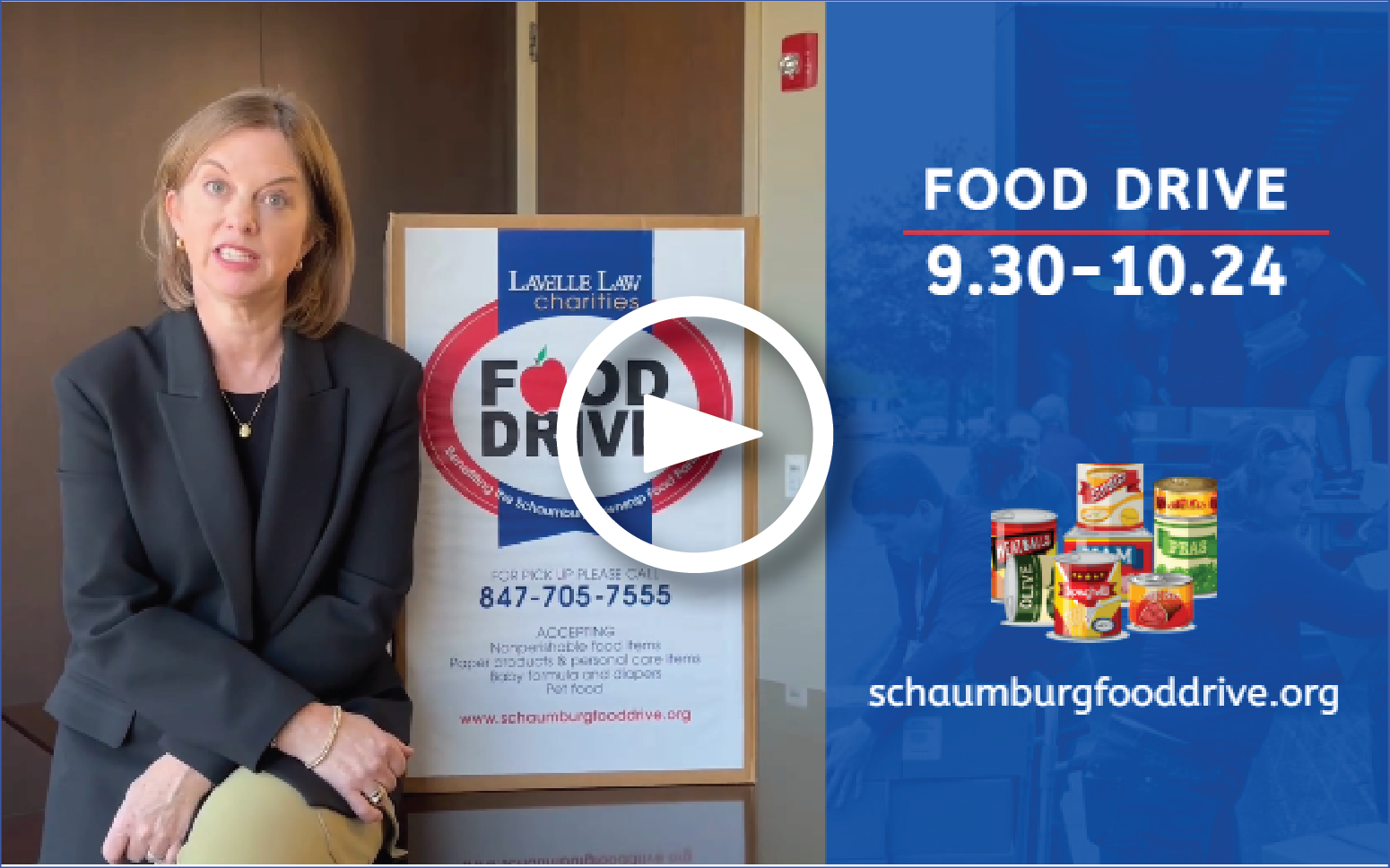IRS Practice and Procedure News Briefs for September 2020
SOCIAL MEDIA AS EVIDENCE – Brzyski v. Commissioner, T.C. Summary Opinion 2020-25 (2020)
Why this Case is Important: This case is a good example of how information taxpayers share on social media can be used against them in litigation, including by the IRS in Tax Court.
Facts: In Brzyski, the taxpayer was in a relationship with a woman who had two minor children. The taxpayer was not the biological or adopted father of either child. In 2011, they lived in California but briefly traveled to Missouri. While in Missouri, the taxpayer and his girlfriend drove into Kansas for dinner and then drove back to Missouri. After returning to California, the taxpayer referred to his girlfriend as his “fiancé” in a social media post. The taxpayer filed his 2011 through 2015 income tax returns using a “single” filing status. However, he filed his 2016 return using a “head of household” status, claimed both children as his dependents, and claimed certain related tax credits. The IRS examined the return, determined that the children were not his dependents, and issued the taxpayer a notice of deficiency assessing a tax liability of over $7,800. The taxpayer filed a Tax Court petition contesting this determination.
Law and Conclusion: Section 151 of the Internal Revenue Code allows taxpayers to claim an income tax exemption for each of their dependents. “Dependent” is defined in Section 152 of the Code to include “qualifying children” and “qualifying relatives.” For a child to be a qualifying relative of a taxpayer, the taxpayer must provide more than half of the child’s financial support during the year in question, among other requirements. The taxpayer did not meet this requirement, so the question was whether the children were his qualifying children. One requirement to be a qualifying child of a taxpayer is that the child is the taxpayer’s child (including a stepchild) or a descendant of such a child, or the taxpayer’s brother, sister, stepbrother, or stepsister, or a descendant of any such relative. In this case, the taxpayer claimed that the children were his stepchildren, and in support of this, he asserted that he and his girlfriend entered into a common law marriage when they entered Kansas in 2011 (the only state they had been in together that recognized common law marriage). Whether taxpayers are married for tax purposes is a matter of state law. To enter into a common law marriage in Kansas, individuals must (1) have the requisite capacity to marry, (2) have a present marriage agreement between themselves, and (3) hold themselves out to the public as husband and wife. At trial, the taxpayer could not offer any evidence other than his own self-serving and inconsistent testimony that they entered into a common law marriage in Kansas. Furthermore, the fact that after the alleged marriage he referred to his girlfriend as his fiancé on social media and never filed a tax return using a married filing status indicated that he never considered himself to be married and did not hold himself out to the public as such. That being the case, the Court determined that no common law marriage ever took place and found in favor of the IRS.
CONTRIBUTION OF STOCK TO CHARITY- Dickinson v. Commissioner, TC Memo 2020-128 (2020)
Why this Case is Important: This case is a good reminder that taxpayers can donate appreciated property to charity to avoid paying taxes on the sale of the property while also taking advantage of a charitable tax deduction. It is also a somewhat rare example of the IRS losing in Tax Court.
Facts: In Dickinson, the taxpayer was the CFO and a shareholder of GCI, a privately held company. In 2013, 2014, and 2015 the GCI board of directors authorized its shareholders to contribute stock in GCI to Fidelity Investments Charitable Gift Fund, a 501(c)(3) tax-exempt organization. In doing so, the GCI board knew that Fidelity would immediately sell the stock to GCI for cash. Each year, the taxpayer donated a portion of his GCI stock to Fidelity and filed an income tax return claiming a charitable deduction equal to the fair market value of the stock donated. Each year, Fidelity sold the stock to GCI. The IRS examined these returns, determined that the taxpayer should be taxed as if he sold the stock to GCI and then donated the sale proceeds to Fidelity, and issued a notice of deficiency to the taxpayer. The taxpayer filed a Tax Court petition contesting this determination.
Law and Conclusion: Section 170 of the Internal Revenue Code allows taxpayers to take a tax deduction for the fair market value of appreciated property donated to a qualified charitable organization. This strategy generally allows taxpayers to avoid paying the taxes that would result from selling the property and then donating cash. In its notice of deficiency, the IRS argued that, while the taxpayer used the form of a donation of appreciated property, because all parties involved knew that Fidelity would immediately liquidate the stock, the substance of the form was a liquidation by the taxpayer followed by a donation of cash, and that the taxpayer should be taxed based on this substance. Relying on case law based on similar circumstances, the Court stated that the form of a donation will be respected where the donor gives the property away absolutely and parts with title thereto before the property gives rise to income by way of a sale. The IRS argued that, based on the parties’ understanding that Fidelity would liquidate the stock immediately after the donation meant that, prior to the donation, the stock had already “given rise to income.” However, because the taxpayer could have chosen to keep the stock and not liquidate it, the Court disagreed with the IRS and found in favor of the taxpayer.
If you would like more details about these cases, please contact me at 312-888-4113 or jnesser@lavellelaw.com.
More News & Resources
Lavelle Law News and Events











